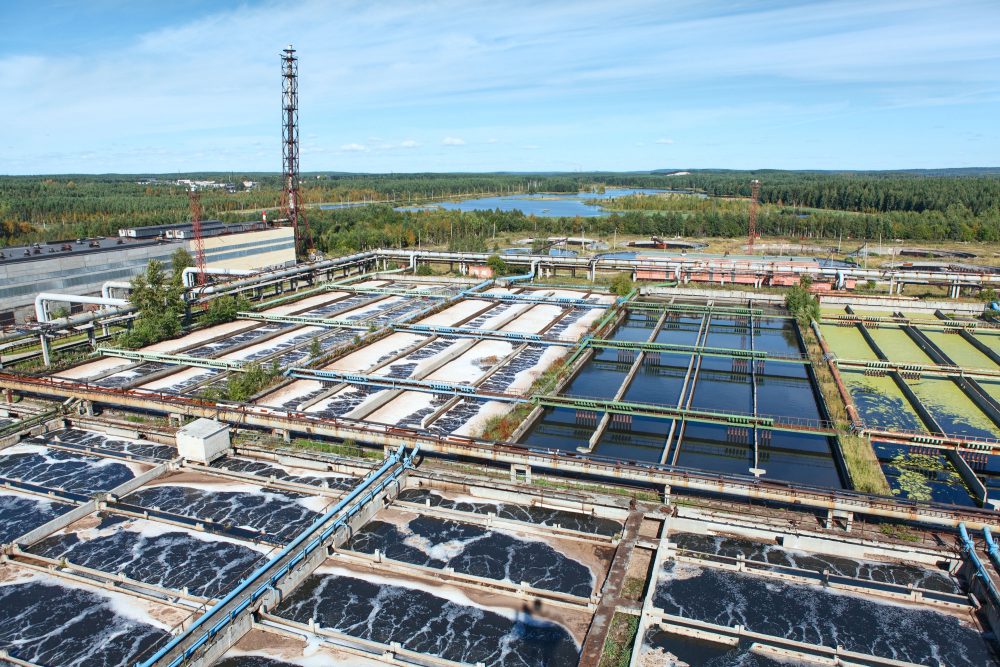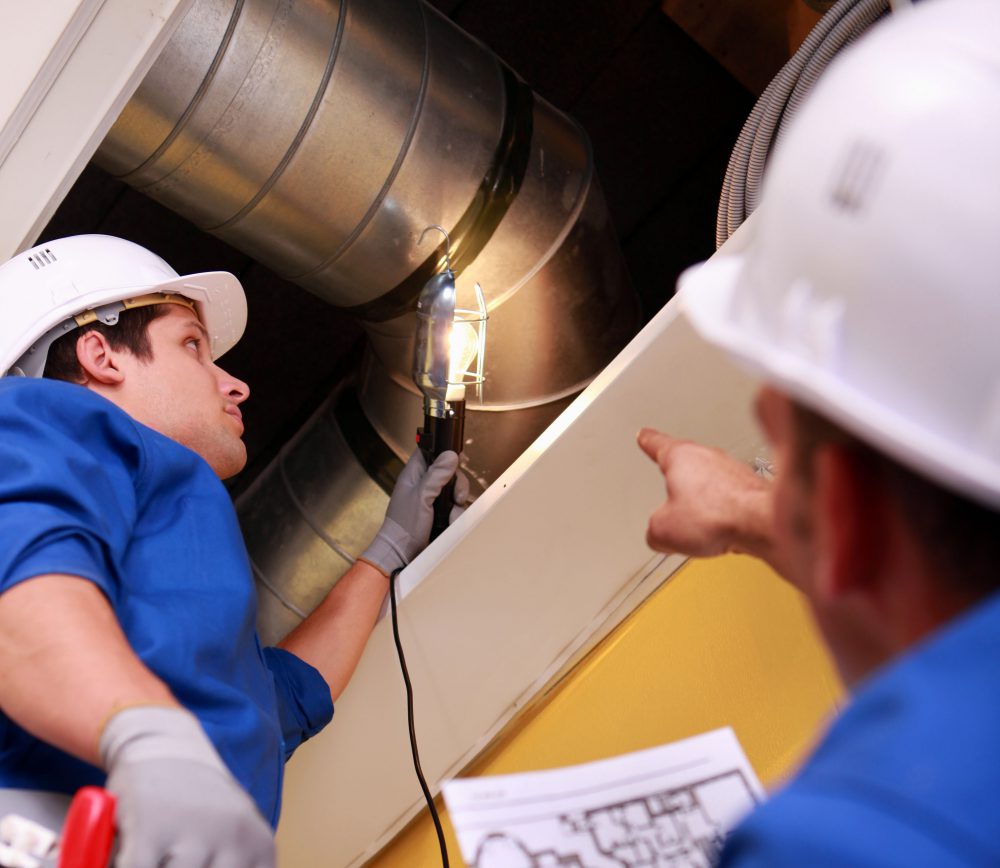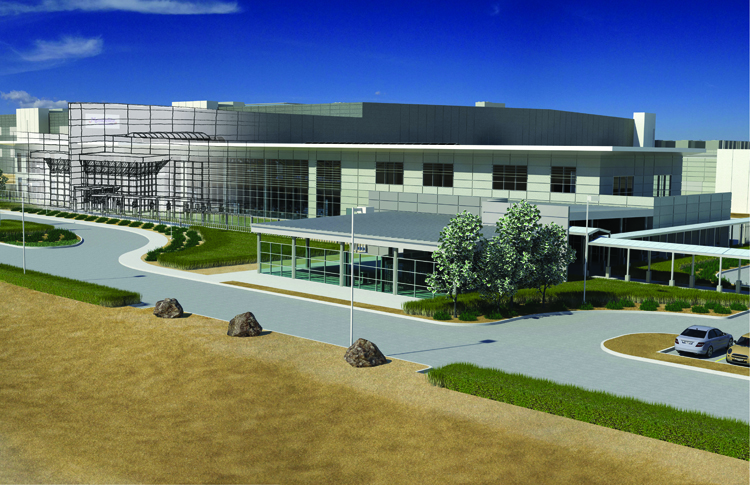5 Details to Give Your Design-Builder for a More Accurate Food Project Budget
At this time of year, many food processors are planning next year’s capital expenditures, which often means piecing together budgets for upcoming food plant construction projects. It is important to create the most accurate budget possible: a tricky task. Frequently, food processors prepare budgets without the assistance of an experienced design-builder. By doing so, they make assumptions that can skew their entire budget.
Continue Reading “5 Details to Give Your Design-Builder for a More Accurate Food Project Budget”










